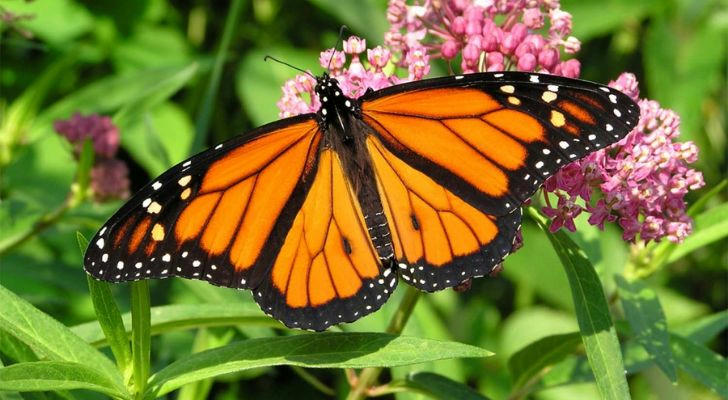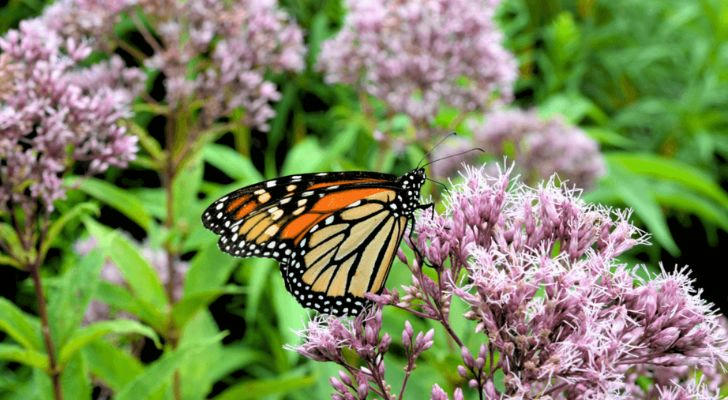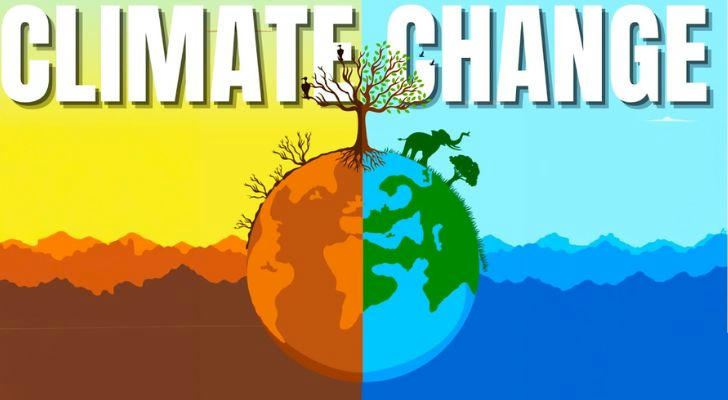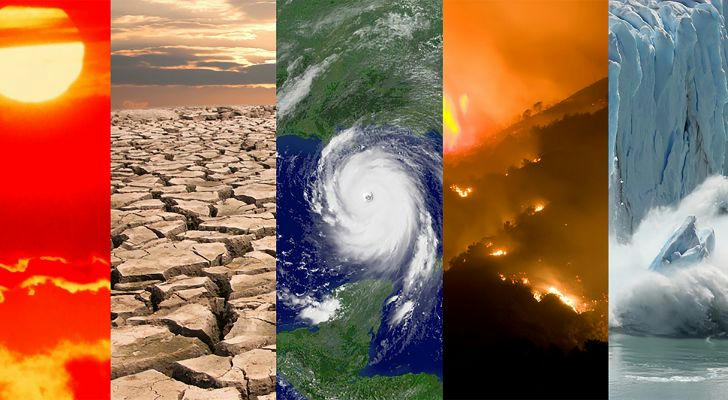The Mysterious Disappearance of America's Butterflies: What It Means for You
You’ve probably noticed it—an eerie silence where once vibrant, fluttering butterflies danced through the air. Over the years, these colorful insects have been disappearing from gardens, parks, and fields across the United States. And while it may seem like a small, almost poetic loss, the decline of butterfly populations is a red flag for something much larger, something that could impact your everyday life more than you realize.

Why Butterflies Matter
Before diving into the mystery of their vanishing, let’s take a moment to appreciate why butterflies are so important. These delicate creatures are not just pretty faces in the garden. They play a critical role in our ecosystem, primarily as pollinators. Think of them as nature's tiny workers, buzzing from flower to flower, spreading pollen, and ensuring that plants can reproduce.
But it’s not just about plants. The loss of butterflies signals a deeper issue in the environment. When butterflies vanish, it’s often because something larger—like a change in weather, pollution, or habitat destruction—is disrupting the balance of nature. And that disruption doesn’t stop at the butterflies. It affects the food we eat, the air we breathe, and the world we live in.

The Numbers Don’t Lie
The statistics are shocking. According to a national study, the butterfly population in the U.S. has dropped by nearly 50% over the last few decades. Yes, you read that right—half. But it's not just one species. The problem spans across the board. From the iconic monarch butterfly to the lesser-known species, butterflies are disappearing at an alarming rate.
Scientists have been tracking butterfly populations for years, and their findings are both fascinating and troubling. Some butterflies are vanishing entirely from certain regions. Others are shifting their ranges, moving farther north or to higher altitudes as a result of climate change. As the weather warms and habitats change, butterflies are being pushed out of the areas they once called home.

Climate Change: The Silent Culprit
So, what’s causing this decline? The biggest factor is climate change. Rising temperatures, unpredictable weather patterns, and extreme events like storms and droughts are all taking a toll on butterfly populations. Butterflies are particularly sensitive to temperature changes. They rely on specific plants for food and reproduction, and when the climate shifts, those plants may no longer be able to survive in the same places.
For instance, monarch butterflies are famous for their incredible migration from the U.S. to Mexico each year. However, changing temperatures and the loss of milkweed—their primary food source—are making it increasingly difficult for them to complete their journey. Without these essential plants, they can’t survive the long trip or reproduce.

Habitat Loss: Where Have All the Flowers Gone?
Another key factor contributing to the disappearance of butterflies is habitat loss. As urban sprawl increases and natural habitats are replaced with concrete and asphalt, butterflies lose the environments they need to thrive. Gardens, meadows, and wildflower fields are disappearing, replaced by roads, buildings, and shopping centers.
Even rural areas aren’t safe. Farmers' use of pesticides and herbicides, designed to protect crops from pests, also harms butterflies. These chemicals not only kill the insects directly but also destroy the plants butterflies rely on for food and shelter. The result is a deadly domino effect that disrupts the entire ecosystem.
What Does This Mean for You?
You might be wondering, “Why should I care? I’m not a butterfly enthusiast.” But the truth is, the decline of butterflies has a ripple effect that could directly impact your life, even if you’re not an environmental expert.
1. Food Prices Could Rise
As pollinators, butterflies help to pollinate many of the fruits and vegetables that end up on your plate. If their populations continue to decline, other pollinators, like bees, may struggle to keep up. This means crops could suffer, leading to lower yields and higher prices for produce. So, if you’ve noticed the price of your favorite fruits climbing, it might be tied to a pollination crisis in the ecosystem.
2. The Loss of Biodiversity
Butterflies are part of a complex web of life. They rely on certain plants, and in turn, other animals depend on butterflies for food. If butterfly populations continue to decline, it could cause a cascade of effects that reduce biodiversity. This can weaken ecosystems, making them less resilient to pests, diseases, and environmental changes. In other words, a loss of butterflies could ultimately affect the stability of the environment as a whole, including the things you love—like the fresh air you breathe and the beauty of nature.
3. The Environmental Warning You Can’t Ignore
The disappearance of butterflies is not just about losing a pretty insect; it’s a wake-up call. It’s a sign that something is wrong with our environment, and we can’t afford to ignore it. The health of butterflies directly reflects the health of our planet. If we continue to disregard climate change, habitat destruction, and pollution, we may face even more serious environmental crises that affect our health and well-being.
What Can You Do to Help?
If you’re concerned about the disappearing butterflies, there are steps you can take to help reverse the trend:
Plant Pollinator-Friendly Gardens: If you have a garden, fill it with flowers that butterflies love, such as milkweed, coneflowers, and asters. These plants not only provide food for butterflies but also offer shelter and breeding grounds.
Reduce Pesticide Use: Avoid using harmful pesticides in your garden. Opt for natural alternatives that won’t harm beneficial insects like butterflies.
Support Conservation Efforts: Many organizations are working to protect butterfly habitats. Consider donating to or volunteering with local wildlife groups that focus on pollinator conservation.
Final Thoughts
The disappearance of America’s butterflies is more than just an environmental concern—it’s a wake-up call about the health of our planet. For women and middle-aged readers who care about the future of our planet and the legacy we leave behind, now is the time to take action. By making small changes in your daily life, you can help ensure that future generations get to experience the beauty of butterflies fluttering through the air.
So, the next time you see a butterfly in your garden, take a moment to appreciate its beauty—and remember that its survival is tied to the health of our planet. The mystery of their disappearance might just hold the key to a better future for all of us.
If you like this article, please share it with someone in need. Thank you for reading and I wish you a happy life!
